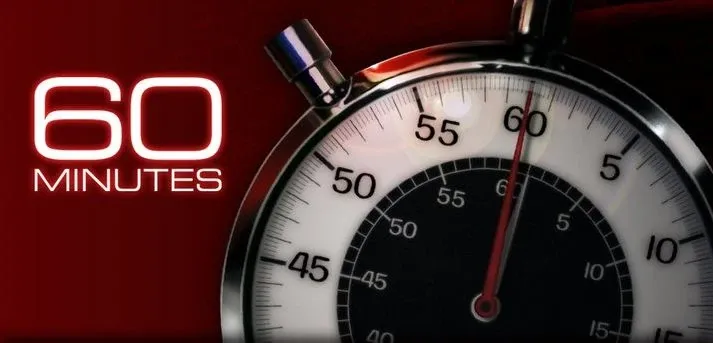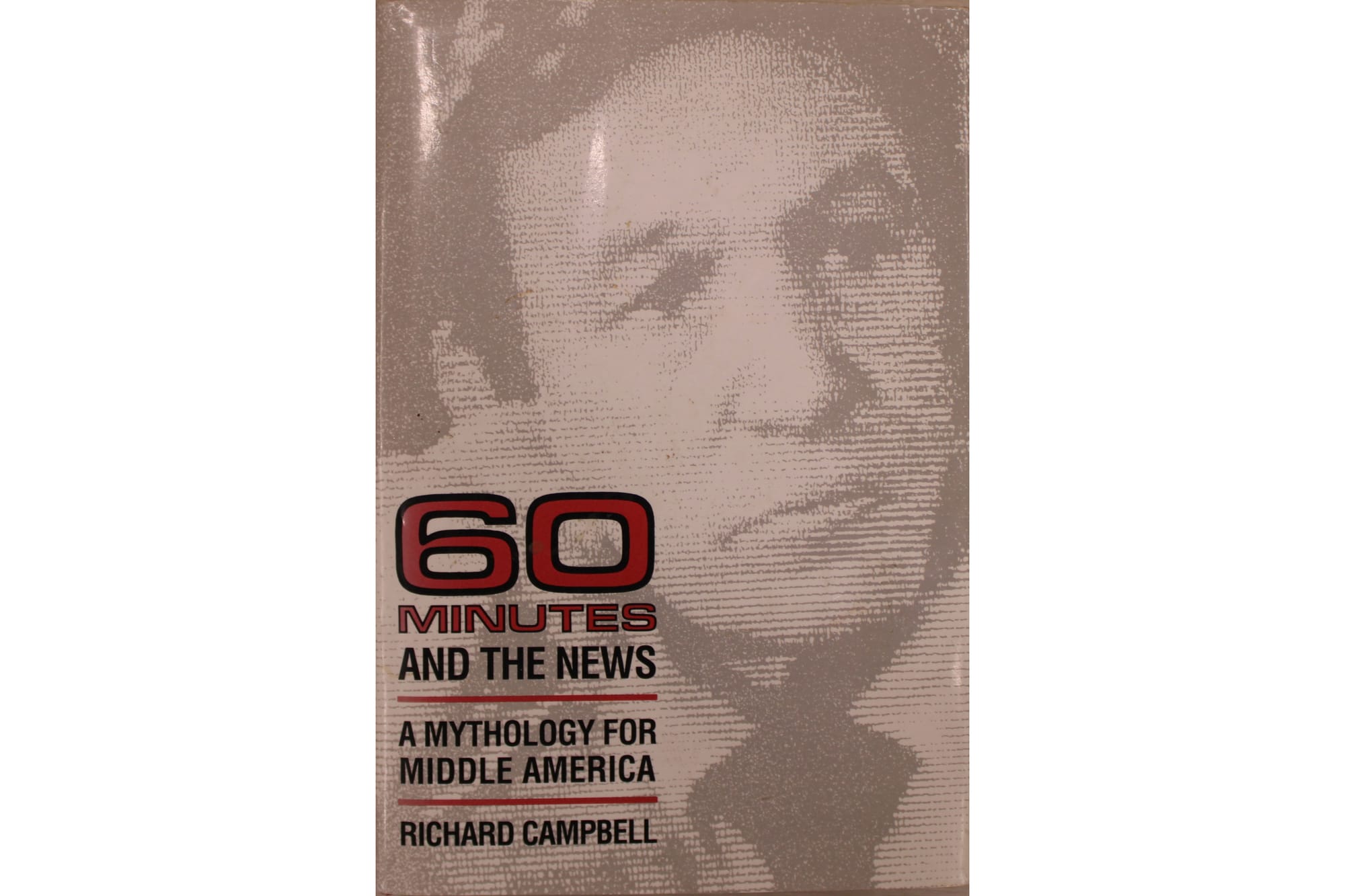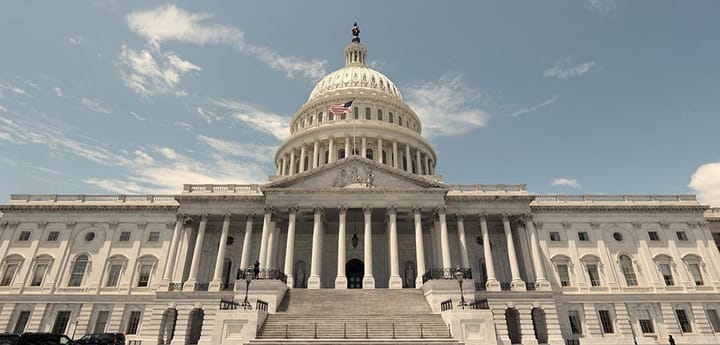Media Matters: The clock is ticking on ‘60 Minutes’
"60 Minutes," the longest-running prime-time TV news program, has survived nearly a dozen presidencies. Today, though, political and economic pressures are putting the program at risk.

“60 Minutes,” the longest running prime-time program in TV history, is in trouble.
The executive producer Bill Owens just resigned, citing interference with editorial independence from Paramount Global, the parent company of CBS News. This story began last year when Donald Trump sued “60 Minutes” for $10 billion (raised to $20 billion this year). The lawsuit claims that a pre-election “60 Minutes” interview with then-VP Kamala Harris was unfairly edited to make her look good.
Legal experts see the suit as frivolous, since it’s not a libel suit. Instead, the claim is that “60 Minutes” violated the Texas Deceptive Trade Practices Act, a law that protects consumers against false ads and unfair business practices. Legal analysts note that filing in Texas gives the case a better chance of coming before a Trump-appointed judge.
Cut to the non-executive chairwoman of Paramount, Shari Redstone, who reportedly wants to settle the suit (for a lower amount) to ensure that the pending $8 billion merger between Skydance Media, a production company, and Paramount Global is approved by the FCC. Redstone stands to earn as much as $500 million if the deal goes through.
This drama is worthy of a “60 Minutes” episode: a storied and revered American icon, arguably the most popular program in TV history, under assault by the government.
Launched on Sept. 24, 1968, “60 Minutes” — the first network news magazine — is the last big innovation in TV news (along with Doppler radar). Both network and local TV news still use the same stale formats and story formulas developed back in the 1960s, probably one reason one of my students once called TV newscasts “news for grandparents.” She wasn’t wrong. The median age for local and network newscasts is now around 65, and near 70 for evening cable “news” programs.
In 1993, I interviewed Don Hewitt, the executive producer and creator of “60 Minutes,” for the Columbia Journalism Review on the occasion of the program’s 25th anniversary. I was interested in how a prime-time news program had become a popular hit, and I asked him about the key to the program’s success. “Four little words,” Hewitt said, “Tell me a story,” which became the title of his autobiography,
Don Hewitt, who died in 2009, had early ambitions of producing Broadway musicals but settled into TV news in the 1950s. He directed the first TV presidential debate for CBS between Richard Nixon and JFK in 1960. He said Nixon refused makeup and, according to polls, “lost” the TV version of the debate (although polling showed Nixon won on radio). Hewitt claimed Nixon may have won the election with a little make-up to better compete with the tanned future president.
Hewitt was a critic of hourlong, one-topic network news documentaries, calling them tedious, with institutional sounding narrators. He thought a magazine-style news program could be more personal, and he modeled “60 Minutes” on Time magazine, with a hard-hitting story at the front and softer features at the back end of the program.
As part of a book project, I had watched hours of the program at the Library of Congress. I noted how Hewitt had created a “star system,” showcasing Mike Wallace, Harry Reasoner, Dan Rather, Morley Safer, Diane Sawyer and Ed Bradley by featuring them visually in more scenes than other characters in the show’s 13-14 minute vignettes. The reporters were the protagonists. In an interview I did with Wallace, he called the episodes “morality plays.”

Hewitt also structured many of the program’s episodes like detective stories with the reporter, at times wearing a trench coat, explaining the crime and tracking the evidence. Then in the program’s climatic moments, the reporter would confront the “villain,” often a representative from some shady business or an inept government agency. Coincidentally (or not), “60 Minutes” for years provided the lead-in to the fictional detective show “Murder, She Wrote.”
The dramatic tension in “60 Minutes” was often created when the reporter, on behalf of an individual (usually innocent), confronted an institution (often corrupt). The reporters were rarely shot in close-ups, looking in control in their medium shots, while villains and victims often appeared in tight closeups, sometimes nervous, even ducking out of the frame, out of control.
With this familiar narrative strategy firmly established, “60 Minutes” has reigned as the No. 1 TV news show for 50 consecutive years, ever since 1975 when CBS moved the show to Sunday night, adding an audience of sports fans (mostly male) unwinding from pro football and wanting something to watch other than the “Wonderful World Of Disney.”
It is the only TV program in history to rank No. 1 in three different decades, beating out scripted shows in the ’70s, ’80s and ’90s..
After 57 years, “60 Minutes” is still a top rated network program, although its audiences are down from 35-40 million in the late 1970s to around 7-8 million today, given the fragmentation of the media marketplace. Its median age for viewers has also risen to around 65.
Despite corporate and political pressure, “60 Minutes” aired a story this past weekend on the law firms Trump has targeted with restrictive executive orders. The impact of the most recent episode remains to be seen. Meanwhile, the clock keeps ticking.
Richard Campbell is a professor emeritus and founding chair of the Department of Media, Journalism & Film at Miami University. He is the board secretary for the Oxford Free Press.




